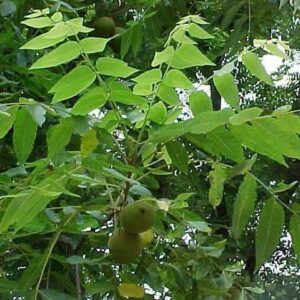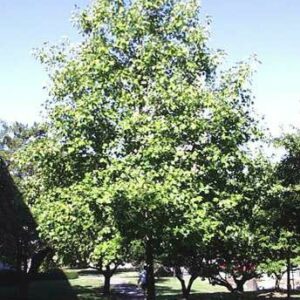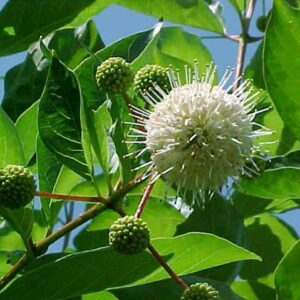Eastern Ninebark (Physocarpus opulifolius)
$30.00
10 in stock
Share
Description
Culture
Easily grown in average, dry to medium, well-drained soil in full sun to part shade. Tolerates wide range of soil conditions. Prune as needed immediately after bloom. Plants may be cut to the ground in winter to rejuvenate.
Noteworthy Characteristics
Physocarpus opulifolius, commonly called ninebark, is an upright, spreading, somewhat coarse, deciduous, Missouri-native shrub which is closely related to genus Spiraea. It typically occurs along streams, rocky banks, gravel bars and in moist thickets, especially in counties south of the Missouri River. Grows 5-8′ tall (less frequently to 10′). Noted for its exfoliating bark (on mature branches) which peels in strips to reveal several layers of reddish to light brown inner bark (hence the common name of ninebark). Bark provides winter interest, but is usually hidden by the foliage during the growing season. Features small pink or white, five-petaled flowers appearing in dense, flat, rounded, 1-2″ diameter, spirea-like clusters (corymbs) in late spring. Flowers give way to drooping clusters of reddish fruit (inflated seed capsules). Ovate to rounded, usually 3-5 lobed leaves (to 4″ long) are dull green in summer changing to an undistinguished yellow in fall.
Genus name comes from the Greek physa meaning a bladder and karpos meaning fruit, referring to the inflated dry fruits of the plant.
Specific epithet refers to the leaves that resemble those of Viburnum opulus.
General Use
Mass in shrub borders. Effective as hedge, screen or for erosion control on banks. Native plant garden. Able to grow in harsh conditions.
Problems
No serious insect or disease problems.
Additional information
| size | 15-gallon, 3-gallon |
|---|





